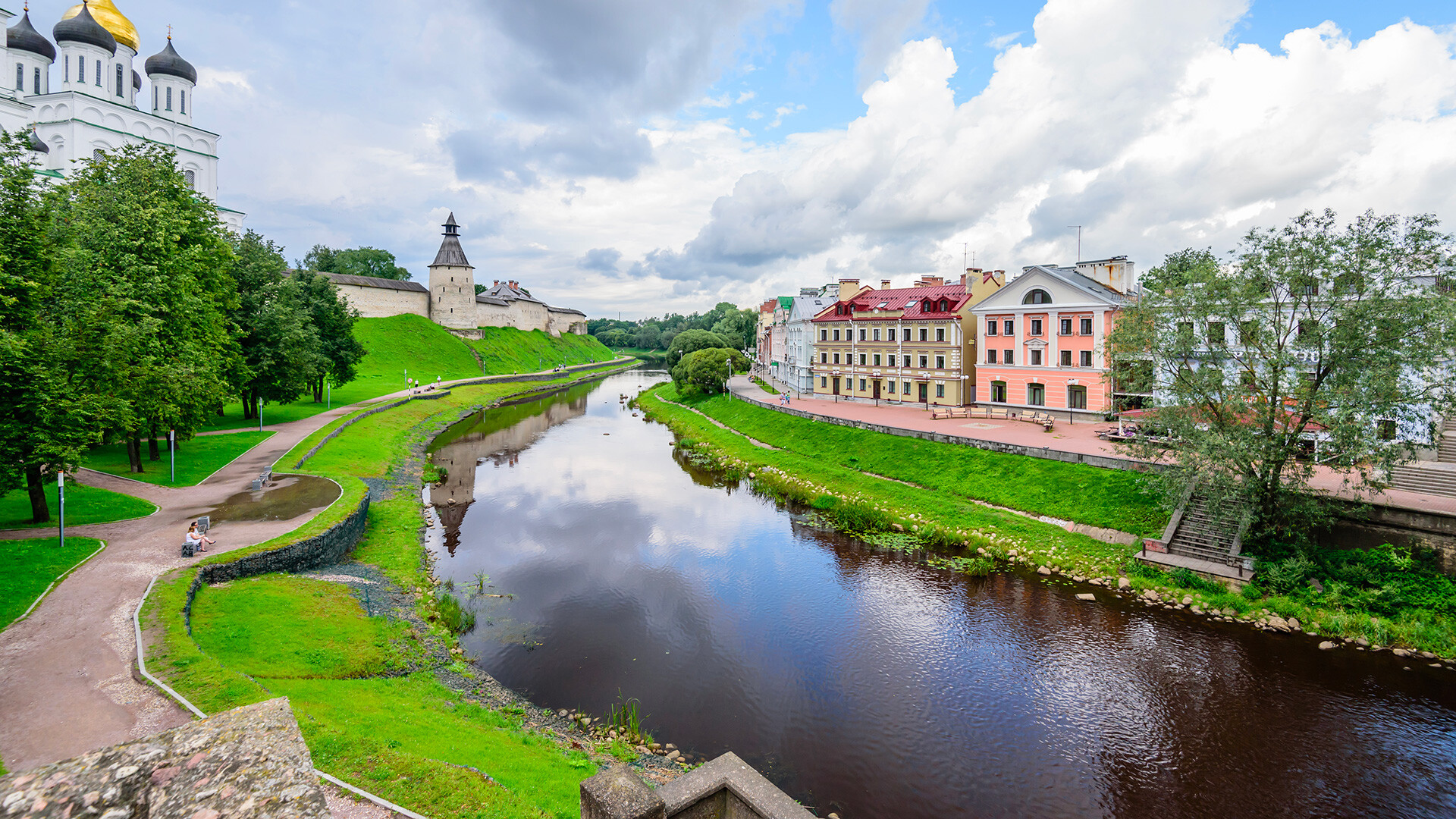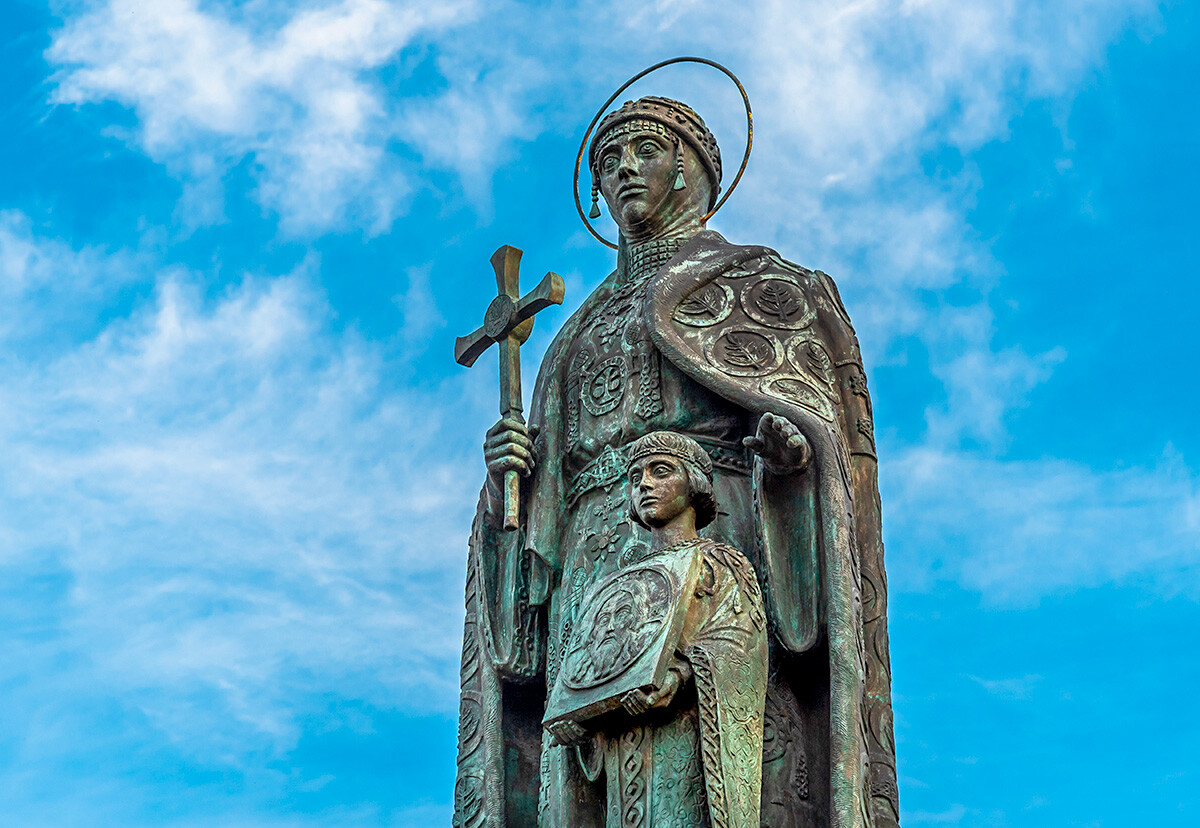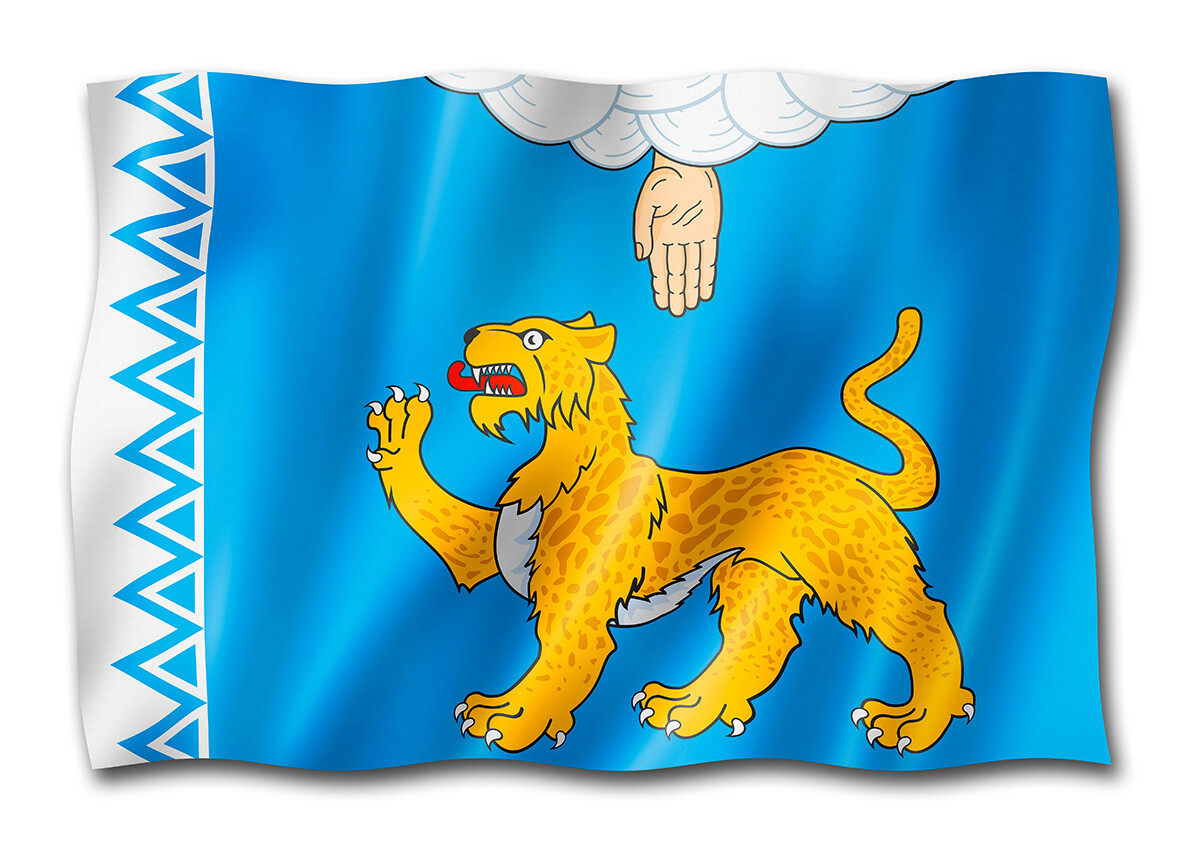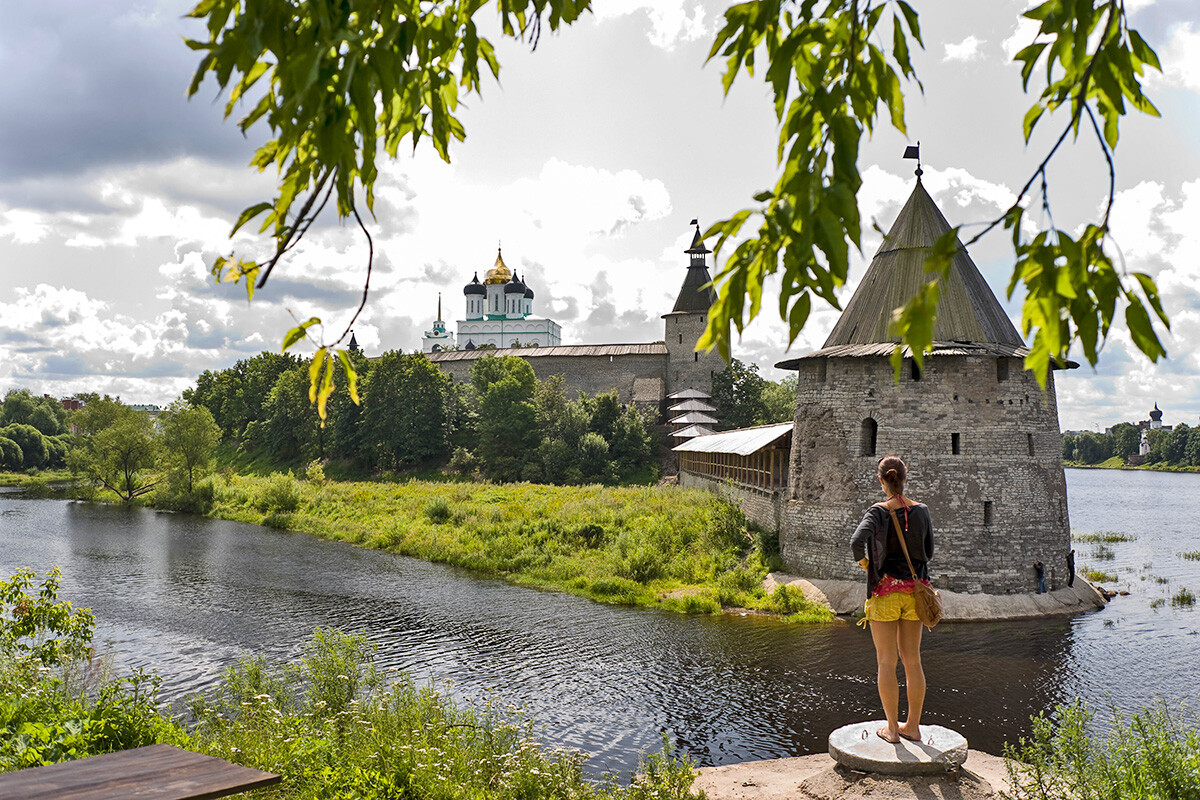

Olga was from Pskov and ruled Kievan Rus’ for 15 years as regent for her young son Svyatoslav. The princess was the first Russian ruler to accept Christianity and, in the 16th century, she was canonized. “She shone among the pagans, like pearls in the mud,” a chronicler wrote about Olga.

It was not for nothing that this formidable beast was placed on the coat of arms of Pskov. It symbolized the readiness of Pskov residents to bravely meet the enemy — the city had served as an important northwestern outpost of the state for a long time.

Tourists usually call the Pskov Fortress the ‘kremlin’, but its correct name is ‘krom’. Due to its location, the fortress had always been a tough nut to crack for the enemy. It stands on a high cape with steep slopes, protected on one side by the Pskova River and on the other by the Velikaya River.
If using any of Russia Beyond's content, partly or in full, always provide an active hyperlink to the original material.
Subscribe
to our newsletter!
Get the week's best stories straight to your inbox